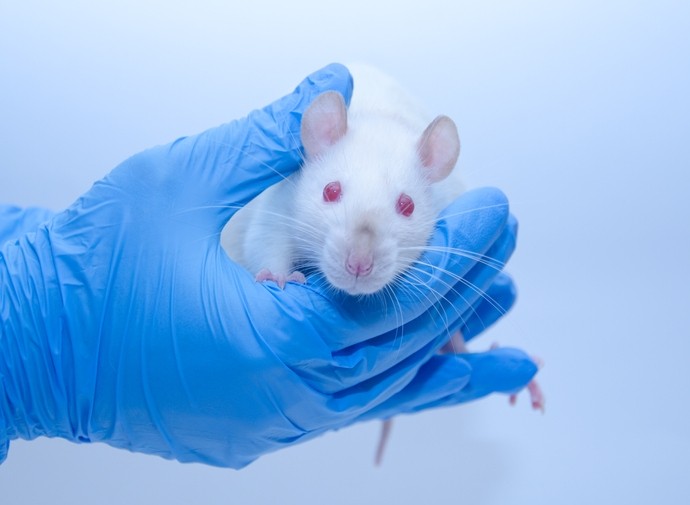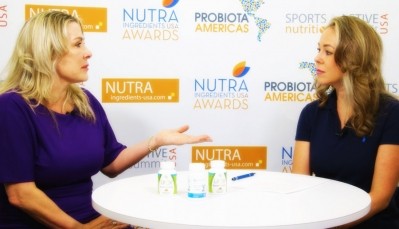Bladder control benefits of award-winning herbal blend verified via independent mechanism of action study

The new research was done on the product Urox, manufactured by Australian company the Seipel Group. The product is a combination of extracts of Crataeva nurvala stem bark, Equisetum arvense stem and Lindera aggregata root.
The company’s initial research into the product was strong enough to have garnered a NutraIngredients-USA Research Project of the Year in 2018. The present study was not sponsored by the company, however.
It was the work of a team of researchers associated with hospitals, universities and research institutes in Poland. It was published in the journal Frontiers in Molecular Biosciences.
The researchers noted that drugs to treat Overactive Bladder (OAB) do exist. But the side effects, which can include sleep disturbances, are severe enough that a large percentage of patients who start on the medications are not using them a year later.
Rat model of urinary incontinence developed in Poland
So the search for natural alternatives is a pressing one, they said. To test the effect of Urox the researchers used a rat model of OAB first revealed in 2015 by another team of Polish researchers that included one of the authors of the present study, Andrzej Wróbel, PhD.
The model uses an instillation of retinyl acetate into the bladder of Wistar rats to induce OAB. The present study was divided into four arms: a saline control group, a group that received 840 mg of Urox a day by gavage, one group that received the retinyl acetate instillation, and one group that received both Urox and RA.
After 14 days, during which the urine voiding frequency was measured via surgically implanted catheters, the authors concluded that Urox significantly reduced the OAB symptoms.
“In conclusion, phytomedicine extracts (Urox) were found to be potent to reverse RA-induced changes in both several cystometric and biochemical parameters that are determinants of OAB. We observed no effects on basic cardiovascular parameters and daily urine output, which may promote the initiation of the analysis of its safety in humans,” the researchers wrote.
Developer said study confirms earlier results
Dr Tracey Seipel, founder of the Seipel Group, said she was pleasantly surprised that her company’s product was being studied by the group of Polish researchers, which includes some heavy hitters in the field of urinary incontinence research. But she said she wasn’t surprised by what they found.
“This independent Mechanism of Action (MOA) study confirms what I expected when designing the Urox ingredient formula,” Dr. Seipel states. “As a practitioner and formulator, I developed Urox with a holistic approach, taking into consideration the multiple contributing factors for healthy bladder function including the bladder detrusor muscle, pelvic floor muscles, bladder lining, collagen strength, bladder nerve function and normal effects of aging on the bladder. I selected and researched the herbal extracts based on traditional use and my clinical experience, and refined the formula with substantive research, so it’s no surprise that this research verifies my understanding of how Urox works,” Seipel told NutraIngredients-USA.
Source: Frontiers in Molecular Biosciences
doi: 10.3389/fmolb.2022.896624
New Kid on the Block: The Efficacy of Phytomedicine Extract Urox in Reducing Overactive Bladder Symptoms in Rats
Authors: Zapala L, et al.









